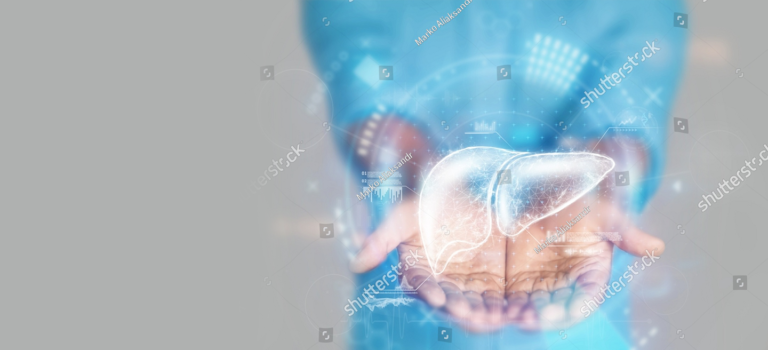Whether you’re dealing with a recent breakout or an old one that you can’t seem to get rid of, here’s how to identify the different causes of acne and pimples, and how to treat each
There’s nothing more annoying than a random pimple that shows up when you least expect it. But if you’re slathering on traditional acne medication in the hopes that you can force it to disappear ASAP, you could be doing more harm than good, especially because it might not be regular acne in the first place. We asked two experts to tell us what those offending spots could mean—and what you can do.
Bacterial acne
What it is: “Bacterial acne results in lesions of different sizes, blackheads, whiteheads, bumps, nodules, and cysts,” says Dr. Mhatre. It is caused when excess sebum clogs the hair follicles. When bacteria begin to grow in these follicles, it creates blackheads or whiteheads on the surface of the skin, which can get more infected.
Where you might find it: It is found in areas that are prone to higher sebum production, like the face (particularly the T-zone) and the neck.
What you can do: The treatment for bacterial acne includes topical application of actives such as retinol, benzoyl peroxide, and salicylic acid. The former, retinoids, exfoliate the skin and prevent the hair follicles from being plugged by sebum and skin cell buildup. Benzoyl peroxide kills the p.acnes bacteria on the skin (which prevents any blocked follicles from turning into inflammatory acne), while oil-soluble salicylic acid is able to get into the pores to break down any debris, says Dr. Rinky Kapoor, cosmetic dermatologist and dermato-surgeon, The Esthetic Clinics.
Fungal acne
What it is: “Fungal acne is caused by Malassezia, which is the same fungus that causes dandruff. It presents itself as small closed comedones, with whiteheads beneath. They are small tiny bumps of similar size that appear in clusters and not just one or two,” says Dr. Madhulika Mhatre, dermatologist, Wockhardt Hospitals, Mumbai. It is normally associated with itching—a big differentiator from bacterial acne—she says. “Our body keeps Malassezia in balance, but in certain scenarios it is overproduced, such as in humid weather, sweating, low immunity, if you have been sick or been on antibiotics,” says Dr. Mhatre.
Where you might find it: It is more commonly present on the seborrheic areas of the body such as the forehead, back, shoulders, and neck.
What you can do: A pro will prescribe a body wash or shampoo that is anti-fungal. In some cases, a sulfur-rich wash is the first course of action. It can be strong, so contact therapy is usually suggested. “Don’t wear sweaty clothes, change out of your gym clothes as soon as you’re done wash your face, and shower twice to make sure,” says Dr. Mhatre.
You don’t want to slather on anti-bacterial treatments onto fungal acne because they can kill the normal (helpful) bacteria that live on the skin too, causing an environment for the yeast to over-grow all that much more. Instead, products with probiotics can serve to balance the skin’s pH.
Folliculitis
What it is: Folliculitis is an inflammation of the hair follicle. “Waxing and shaving might be the biggest culprits, especially if the former causes ingrowths and the latter are done with an old razor,” says Dr. Kapoor. In this case, the cause is not as specific—yeast or bacteria could take advantage of the inflammation and infect it.
Where you might find it: It appears as a formation of a pus boil around the hair follicle and can appear on any part of the body where there is hair. Most commonly, you’ll find it on the arms, legs, and back.
What you can do: Dermatologists will prescribe antibacterial cleansers and topicals that’ll prevent infection. If waxing and shaving are causing folliculitis, doctors suggest laser hair removal—by shrinking the hair follicles, the density of hair that grows in the area is reduced, which eliminates the possibility of them getting inflamed and infected.
Source: https://www.vogue.in/beauty/content/3-of-the-biggest-causes-behind-acne-and-what-you-can-do-for-each


















